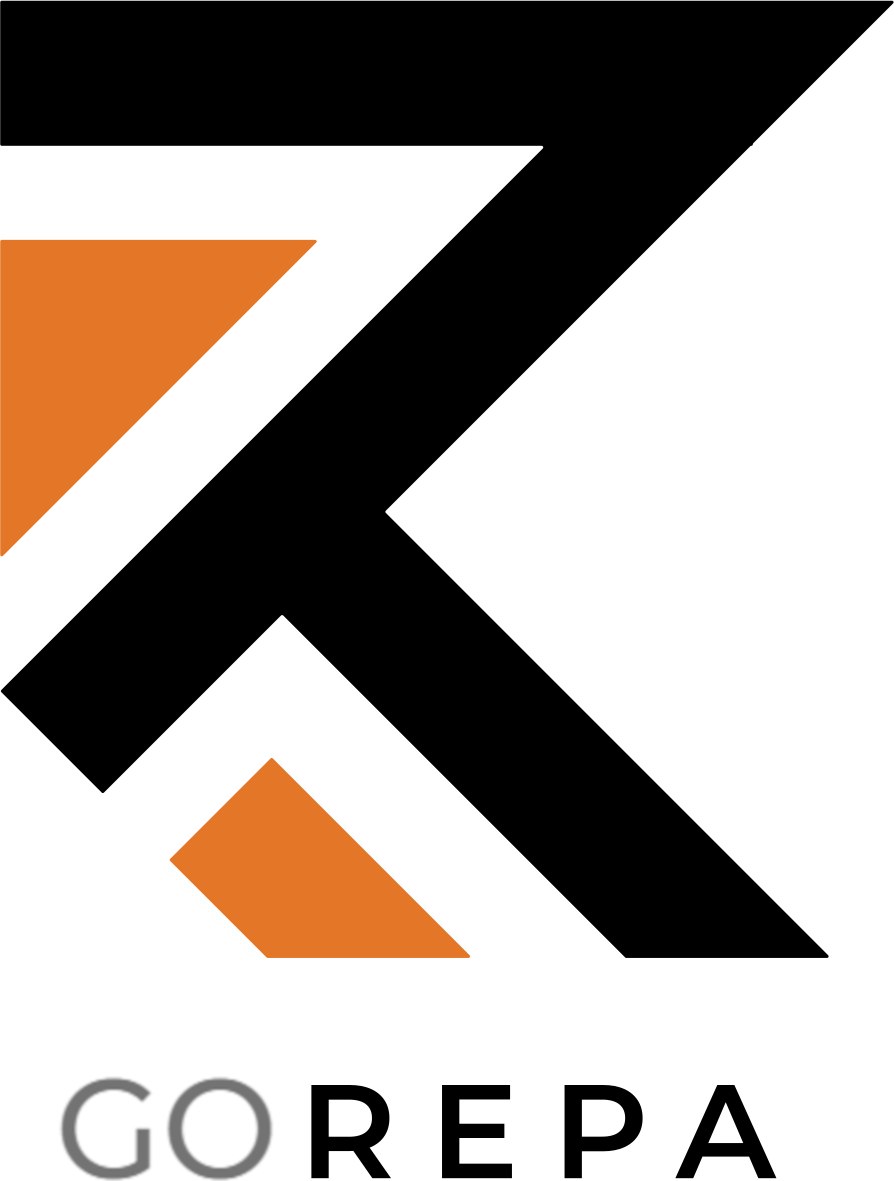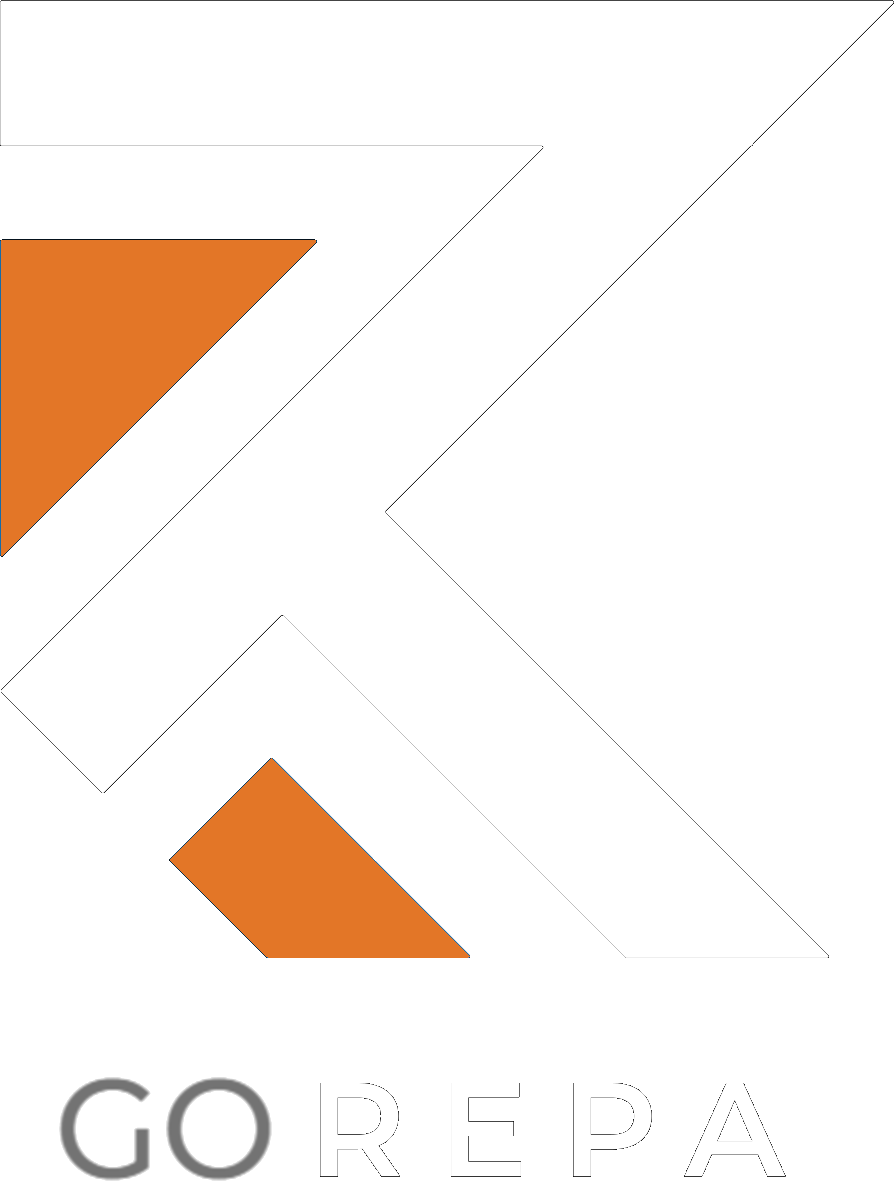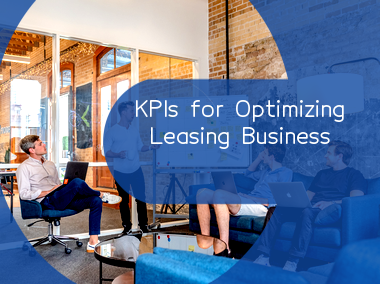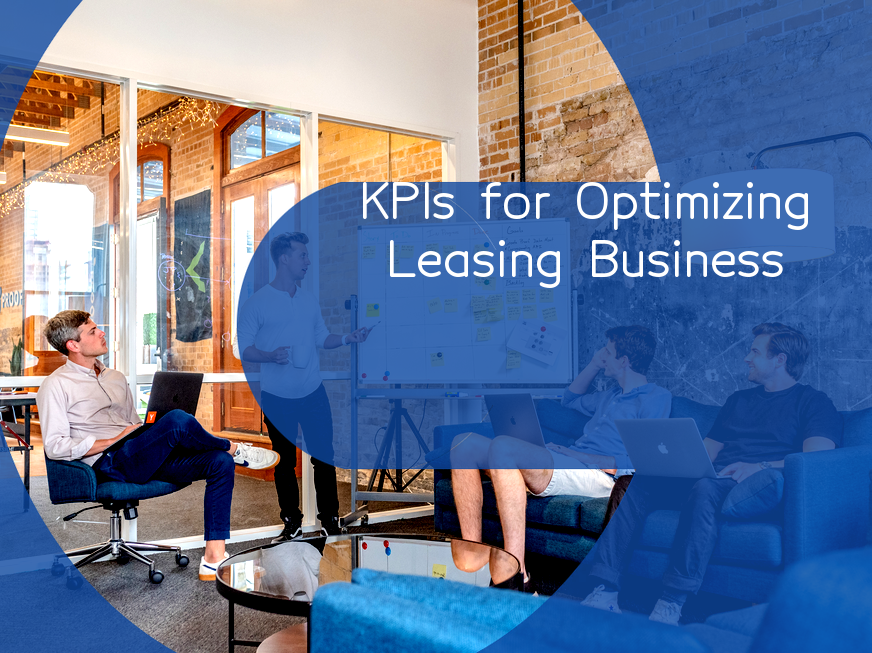Key Performance Indicators or KPIs are crucial metrics that property managers should track to optimize their leasing business. These KPIs provide insights into the performance of the leasing operations and enable property managers to identify areas that need improvement. Here are the three leasing KPIs that every property manager should track to optimize their business:
- 1. Occupancy Rate: The occupancy rate is a key KPI that indicates the percentage of leased units in a property. It is calculated by taking the number of occupied units in a property and dividing it by the total number of units in the property. A high occupancy rate indicates that the property is in demand and that the leasing team is doing a good job of attracting and retaining tenants. A low occupancy rate, on the other hand, indicates that there is room for improvement in the leasing strategy.
- 2. Lease Renewal Rate: The lease renewal rate is a KPI that measures the percentage of tenants who renew their leases after the initial lease term has ended. This KPI is important because it indicates tenant satisfaction and loyalty. A high renewal rate indicates that tenants are satisfied with the property and the leasing experience, which can lead to positive word-of-mouth and reduce turnover costs. A low renewal rate, on the other hand, indicates that tenants may not be satisfied with the property or the leasing experience, which can result in increased turnover and lower occupancy rates.
- 3. Time to Lease: The time to lease is a KPI that measures the average time it takes to lease a unit from the time it is listed on the market. This KPI is important because it indicates the efficiency of the leasing process. A short time to lease indicates that the leasing team is efficient in attracting and converting leads and that the property is in high demand. A long time to lease, on the other hand, indicates that the leasing process may need improvement, such as better marketing or pricing strategies.
In conclusion, property managers should track occupancy rate, lease renewal rate, and time to lease as KPIs to optimize their leasing business. These KPIs provide valuable insights into the performance of the leasing operations and help property managers identify areas that need improvement to achieve their leasing goals.
What is an optimal leasing flow?
An optimal leasing flow in the real estate industry refers to the process through which landlords and property managers effectively and efficiently lease out their properties to tenants. The leasing process is considered optimal when it attracts qualified tenants, maximizes occupancy rates, and minimizes the time it takes to lease out a property.
The following steps are key components of an optimal leasing flow:
- 1Marketing and Advertising: The first step is to create a marketing plan that targets the right audience for the property. This involves designing ads that showcase the property's unique features and using relevant advertising channels to reach potential tenants. This includes online property listings, social media platforms, and signage.
- 2Property Preparation: Property managers and landlords should ensure that the property is ready for showings before advertising the rental. This includes making any necessary repairs, cleaning and staging the property, and ensuring that it is in top condition for viewing.
- 3Tenant Screening: Once potential tenants express interest in the property, a thorough screening process needs to take place. This involves verifying their income, rental history, credit score, and other relevant information. This step helps to ensure that the property will be occupied by responsible and reliable tenants.
- 4Signing Leases and Move-In Prep: After a tenant has been approved, the lease agreement should be signed and tenant move-in preparations should be made. This includes collecting deposits and rent, providing keys, and conducting a brief move-in meeting to go over any questions the tenant may have.
- 5Ongoing Tenant Relations: Creating a positive tenant experience can help retain tenants and reduce turnover. Being responsive to tenant needs, handling maintenance requests in a timely manner, and offering regular communication regarding property updates are all effective ways of maintaining a strong tenant relationship.
Overall, an optimal leasing flow is centered around providing a positive rental experience for both tenants and landlords. By creating a streamlined and efficient process for leasing out properties, landlords and property managers can reduce vacancy rates and maximize rental income.
Top three leasing KPIs property managers should track
- 1Occupancy Rate: Occupancy rate refers to the percentage of units in a property that are currently rented out. It is one of the most crucial KPIs for property managers to track, as it directly impacts a property's revenue. A high occupancy rate means that the property is generating more income, while a low occupancy rate can negatively affect the property's financial performance. Property managers should aim to maintain a high occupancy rate by implementing marketing strategies to attract tenants, ensuring that all units are well-maintained and meet tenant's expectations, and providing timely responses to tenant inquiries.
- 2Lease Renewal Rate: The lease renewal rate is the percentage of tenants that decide to renew their lease agreement for another term. A high lease renewal rate is an indicator of tenant satisfaction and loyalty. Property managers can use this KPI to measure the effectiveness of their customer service, tenant retention strategies, and the overall appeal of the property. A high lease renewal rate also reduces turnover costs and helps to stabilize occupancy rates, which ultimately leads to increased revenue.
- 3Average Lease Term: The average lease term is the amount of time tenants stay in a property before moving out. This KPI is important because it provides insight into the propertys tenant retention and is a key factor in forecasting revenue. A longer average lease term means a higher tenant retention rate, which can help reduce turnover costs, increase occupancy rates, and promote more stable revenue. Property managers can use this KPI to identify trends in lease terms and make adjustments to leasing practices to increase the average length of stay for their tenants.
Overall, monitoring these KPIs can help property managers make informed decisions, take proactive measures to improve tenant satisfaction, and ultimately increase the profitability of their rental properties.
KPI 3: Renewal performance
KPI 3 in real estate refers to the renewal performance of leases or rental agreements. It measures the rate of lease renewals as a proportion of the total number of leases that are up for renewal over a particular period. The renewal performance KPI is an important metric in the real estate industry because it provides insights into the performance of a property or real estate portfolio.
The renewal performance KPI helps property managers and landlords understand how well they are retaining tenants. In most cases, retaining tenants is more cost-effective than acquiring new ones. Acquiring new tenants requires marketing, advertising, and other promotional activities, which can be expensive. On the other hand, retaining tenants means lower vacancy rates, lower turnover costs, and a steady stream of rental income.
To calculate the renewal performance KPI, real estate professionals first need to determine the total number of leases up for renewal within a given period. They can then calculate the number of leases that have been renewed. The renewal performance is expressed as a percentage, with a higher percentage indicating a more successful renewal performance.
For example, if a landlord has ten leases up for renewal in a year and manages to renew eight of these leases, the renewal performance rate would be 80%. This means that the landlord was able to retain 80% of their tenants from the previous year.
A high renewal performance rate is desirable in the real estate industry. It indicates that the properties are attractive to tenants, and landlords are providing an excellent service to their clients. It also helps to maintain a low vacancy rate, ensuring that the rental income stream is steady.
In summary, the renewal performance KPI measures the number of leases that are renewed over a given period and provides valuable insights into the success of real estate management. By retaining tenants, landlords and property managers can improve long-term profitability and maintain a healthy reputation in the market.
Just one more thing: if you liked the article, please like us on social media and share this article with friends.



